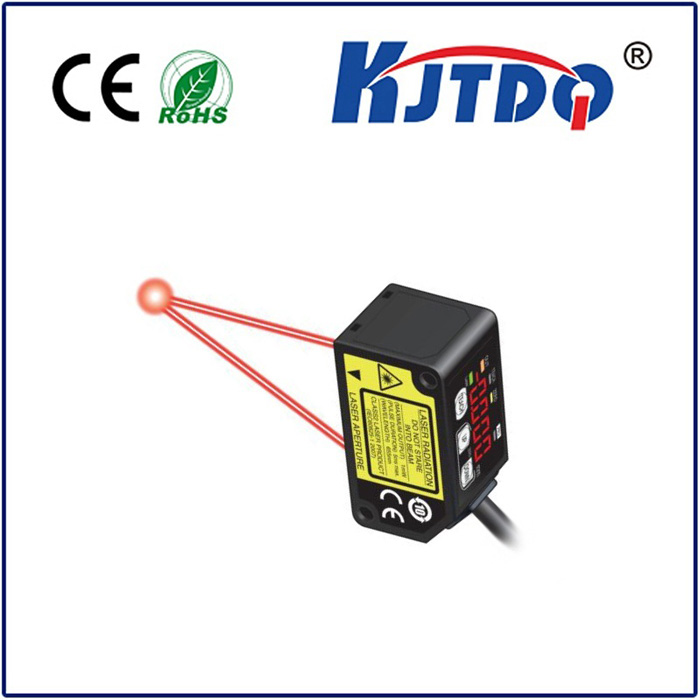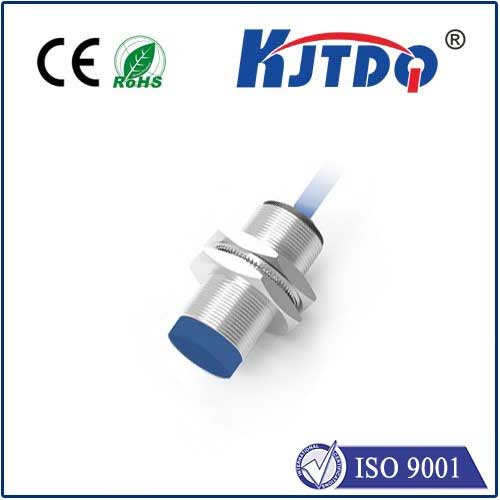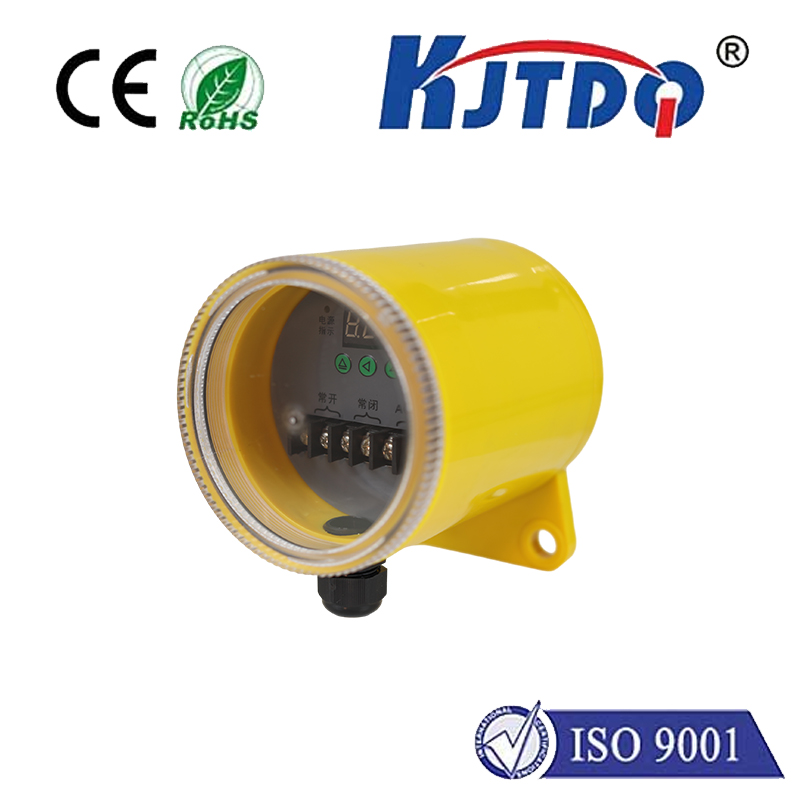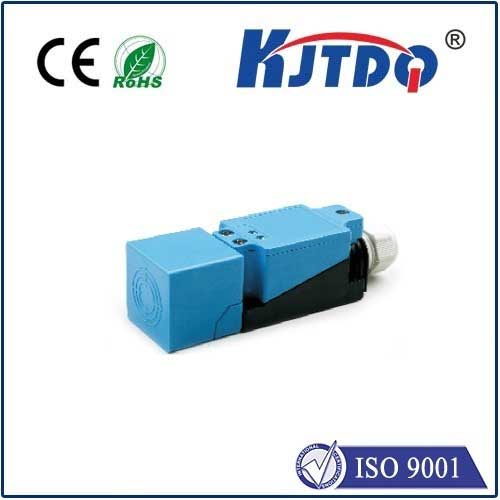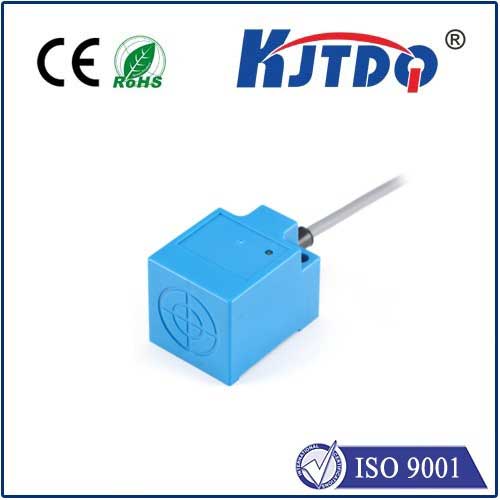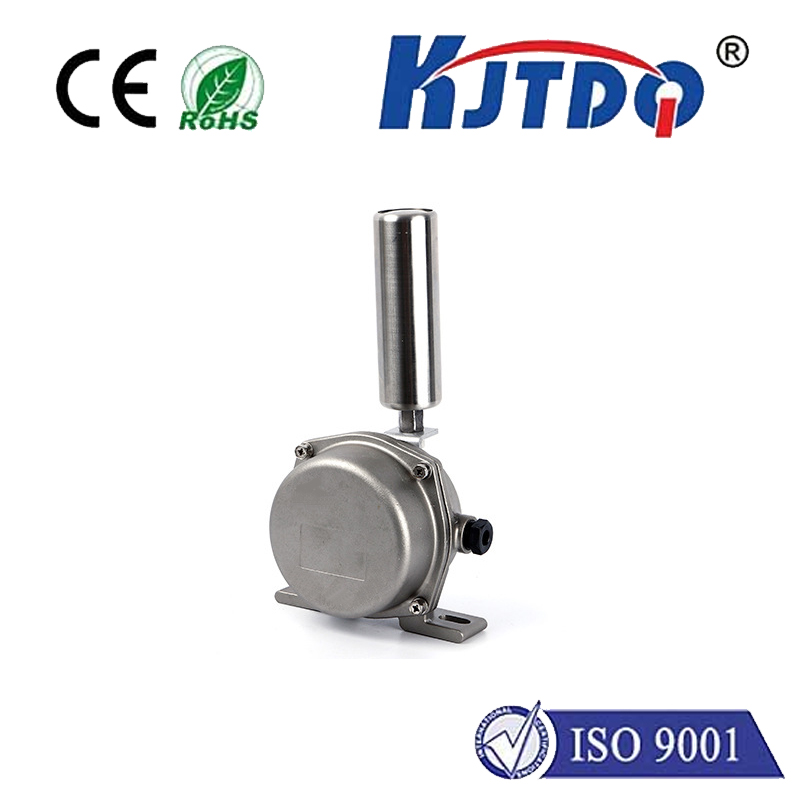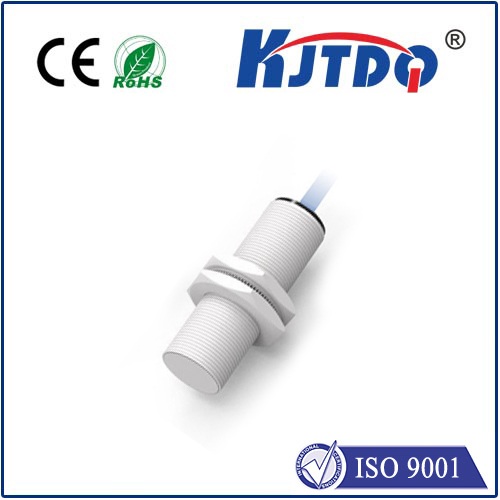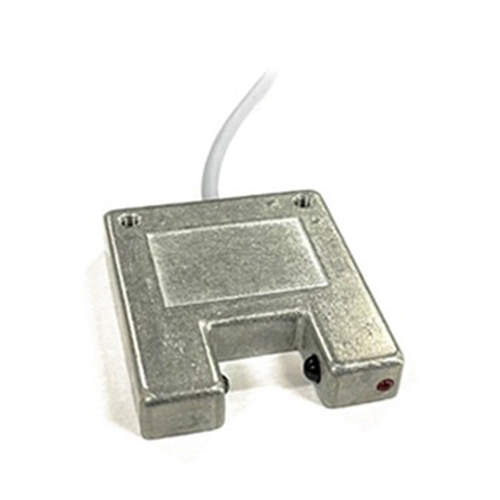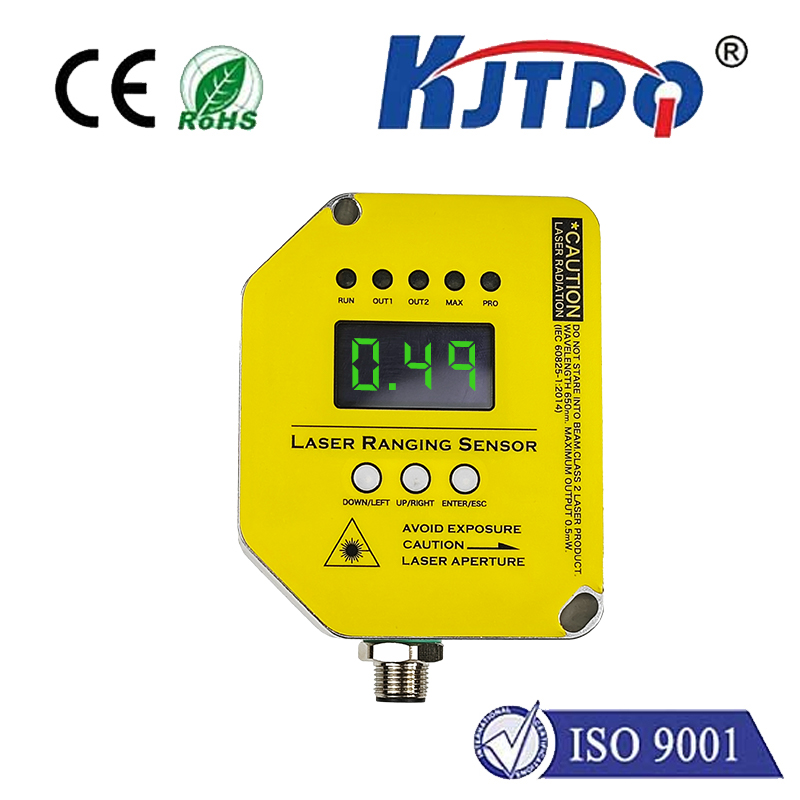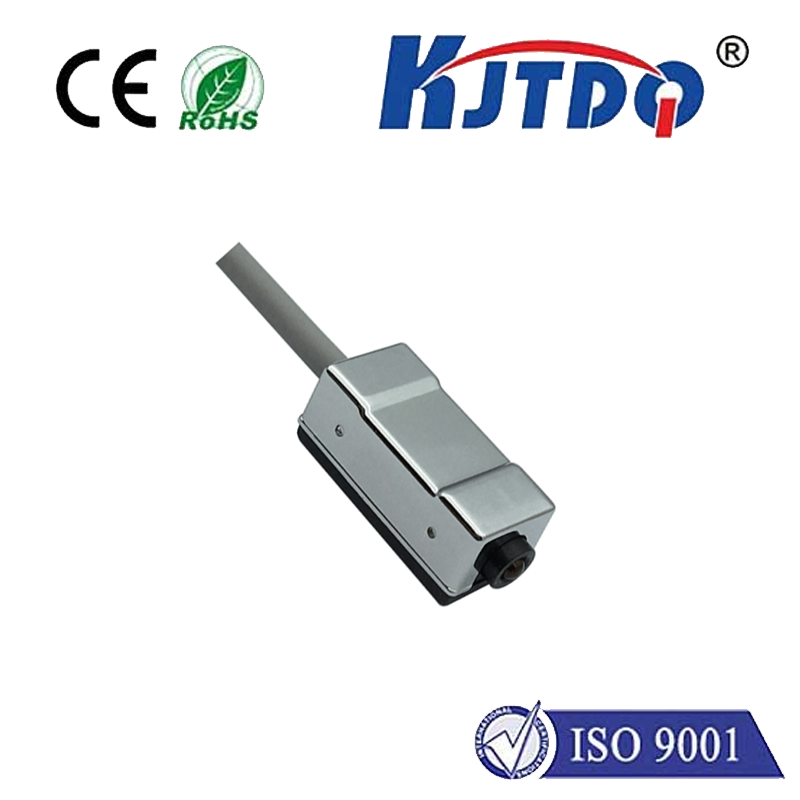types of capacitive proximity sensor
- time:2025-07-18 08:18:03
- Click:0
Beyond the Touch: Demystifying Capacitive Proximity Sensor Varieties
Ever marveled at how your smartphone screen responds to a light tap, or how an automatic faucet activates without a single touch? Behind these everyday conveniences often lies the magic of capacitive proximity sensors. Unlike their mechanical counterparts or even optical sensors, capacitive devices excel at detecting a vast array of materials through non-contact means, making them indispensable across countless modern applications. But not all capacitive sensors are created equal. Understanding the different types of capacitive proximity sensors unlocks their true potential, allowing engineers and designers to select the perfect tool for the job, optimizing performance, reliability, and cost.
The Core Principle: Sensing the Invisible Field
Before diving into the types, let’s grasp the fundamental principle. All capacitive proximity sensors work by generating an electrostatic field from an active electrode. When an object enters this field, it alters the capacitance (the ability to store an electrical charge) of the system. The sensor’s electronics detect this minute change – the capacitance shift – and trigger an output signal (often a switch). Crucially, the target doesn’t need to be conductive (though conductive materials cause the strongest signal); non-conductive materials like plastic, wood, glass, or even liquids can be detected because they have a different dielectric constant than air, disrupting the field. This material versatility is a key strength.
Navigating the Landscape: Key Capacitive Sensor Types
Several classifications define capacitive sensors, primarily based on their operating principle, output signal type, and shielding configuration:
- Standard Capacitive Proximity Sensors:
- Function: These are the most common and versatile type. They detect the presence or absence of any material that causes a sufficient change in capacitance relative to their calibrated state.
- Detection: Excels at detecting liquids, powders, granules, plastics, wood, glass, and conductive materials (metals).
- Output: Typically provide a digital (on/off) signal when the target enters the sensing range. Ideal for simple presence/absence detection.
- Application: Ideal for level detection in tanks (liquids or solids), presence sensing of non-metallic objects on conveyors, paper detection in printers, and touch interfaces.
- Differential Capacitive Proximity Sensors:
- Function: Designed for superior stability in challenging environments. They utilize two active sensing elements with opposing fields.
- Immunity: The genius lies in their ability to reject common-mode disturbances. Environmental factors like humidity changes, temperature fluctuations, or even condensation affecting both sensing elements equally are effectively canceled out. Only a disturbance affecting one element more than the other (like a target approaching) triggers the output.
- Benefit: Offers significantly improved stability and reliability in conditions where standard capacitive sensors might experience false triggers or drift.
- Application: Critical in industries like food processing, pharmaceuticals, outdoor equipment, or any application prone to condensation, dust, or variable ambient conditions where false signals are unacceptable.
- Analog Output Capacitive Proximity Sensors:
- Function: Instead of a simple on/off switch, these sensors provide a continuous output signal (e.g., 0-10V DC, 4-20mA) proportional to the distance of the target from the sensing face or the material properties affecting the capacitance.
- Measurement: They move beyond simple detection to enabling distance measurement, level sensing (continuous), or material thickness/density assessment.
- Benefit: Provides quantitative data about the target’s position or characteristics, essential for process control and monitoring.
- Application: Monitoring fill levels continuously in silos, controlling gap distances in assembly lines, sorting materials based on dielectric constant, measuring film thickness.
- Digital Output Capacitive Proximity Sensors:
- Function: As mentioned under “Standard,” these are the most prevalent. They deliver a clean, switched output (e.g., PNP/NPN transistor, relay) when a target crosses the defined sensing threshold.
- Simplicity: Offer straightforward integration into control systems – target present = output ON; no target = OFF. Often configurable (NO/NC).
- Benefit: Cost-effective and reliable for applications requiring only state detection.
- Application: End-of-travel detection for machine guards, product counting on non-metallic conveyors, bin full/empty detection, touch controls.
- Shielded (Flush Mountable) vs. Unshielded (Non-Flush Mountable) Sensors:
- Shielded (Flush Mountable):
- Design: Feature a metallic shield surrounding the active electrode, focusing the sensing field predominantly forwards.
- Mounting: Can be mounted flush (surrounded by metal) without the mounting material interfering significantly with the sensor field.
- Range: Typically offers a shorter sensing range compared to unshielded types of the same size.
- Application: Essential where sensors must be embedded in metal structures, machinery frameworks, or tight spaces without causing false triggers from the sides. Very common in industrial automation.
- Unshielded (Non-Flush Mountable):
- Design: Lack the front shielding, allowing the sensing field to emanate radially around the sensor head.
- Mounting: Require clearance around the sensing face (free space) and cannot be mounted flush with metal; surrounding metal would drastically reduce or eliminate the sensing field.
- Range: Offer a longer sensing range compared to shielded sensors of equivalent size.
- Application: Best suited for applications requiring longer reach or where the sensor can be mounted with sufficient surrounding clearance, such as detecting objects above a conveyor on open framework.
Choosing the Right Tool: Matching Sensor Type to Application
Selecting the optimal capacitive proximity sensor hinges on asking the right questions:
- What is the target material? (Conductive, non-conductive, liquid, powder?)
- What is the required sensing range?
- Is simple presence/absence sufficient, or is distance/material data needed? (Digital vs. Analog Output)
- What are the environmental conditions? (Humidity, temperature swings, dust, condensation?) – This strongly points towards Differential types if harsh.
- How will the sensor be mounted? (Flush in metal? Open space?) – Dictates Shielded vs. Unshielded.
- Required output signal? (Discrete switch, analog voltage/current?)
Understanding these capacitive proximity sensor types empowers smarter, more robust design and automation. From ensuring your coffee machine dispenses water reliably to guaranteeing precise levels in chemical vats or enabling the intuitive touch of your tablet, the invisible field of capacitive sensing, in its various sophisticated forms, is quietly shaping the responsiveness and efficiency of our technological world. Choosing the correct type is paramount to harnessing this reliable and versatile object detection technology effectively.





